How To Remove A Sd Card From Phone?
Removing an SD card from a phone might seem like a straightforward task, but it’s important to do it correctly to avoid data loss or damage to the card. In this article, we will walk you through the steps to safely remove an SD card from your phone, discuss common issues you might encounter, and provide solutions to those problems. Whether you are a tech novice or a seasoned smartphone user, this guide will ensure you handle your SD card with care and precision.
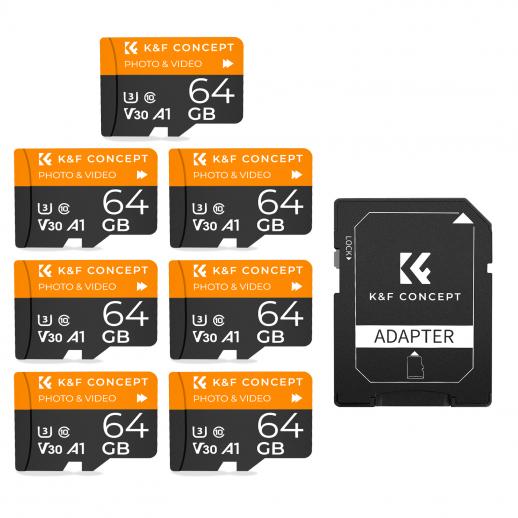
Understanding the Importance of Proper SD Card Removal
Before diving into the steps, it’s crucial to understand why proper removal of an SD card is important. An SD card is a storage device that holds valuable data such as photos, videos, music, and documents. Improper removal can lead to data corruption, loss of files, or even physical damage to the card or the phone’s SD card slot. By following the correct procedure, you can ensure the longevity of your SD card and the safety of your data.
Steps to Safely Remove an SD Card from Your Phone
1. Unmount the SD Card
The first and most important step is to unmount the SD card. Unmounting the card tells the phone’s operating system to stop using the card, ensuring that no data is being read or written during removal. Here’s how to do it:
- For Android Phones:
1. Go to the “Settings” menu.
2. Scroll down and select “Storage” or “Storage & USB.”
3. Find the SD card section and tap on “Unmount SD card” or “Eject SD card.”
4. Wait for the confirmation message that the card has been unmounted.
- For iPhones (with SD card adapters):
1. Open the “Files” app.
2. Locate the SD card under the “Locations” section.
3. Tap the “Eject” button next to the SD card’s name.
4. Wait for the confirmation that the card has been ejected.
2. Power Off the Phone (Optional but Recommended)
While not always necessary, powering off your phone can add an extra layer of safety. This ensures that no background processes are accessing the SD card. To power off your phone, press and hold the power button until the power menu appears, then select “Power off.”
3. Physically Remove the SD Card
Once the SD card is unmounted and the phone is powered off (if you chose to do so), you can proceed to physically remove the card. The method varies slightly depending on your phone model:
- For Phones with a Removable Back Cover:
1. Remove the back cover of the phone.
2. Locate the SD card slot, which is usually near the battery.
3. Gently push the SD card inwards until you hear a click, then release it. The card should pop out slightly.
4. Carefully pull the SD card out of the slot.
- For Phones with a SIM/SD Card Tray:
1. Locate the SIM/SD card tray, usually on the side of the phone.
2. Use the SIM ejector tool (or a paperclip) to press into the small hole next to the tray. The tray will pop out.
3. Remove the tray and take out the SD card.
Common Issues and Solutions
Issue 1: SD Card Not Recognized After Re-insertion
Sometimes, after reinserting the SD card, the phone may not recognize it. This can be due to several reasons:
- Solution:
1. Ensure the SD card is properly seated in the slot.
2. Restart your phone.
3. Check if the SD card is formatted correctly. If not, back up your data and format the card using the phone’s settings.
Issue 2: Data Corruption
If you experience data corruption, it might be due to improper removal or a faulty SD card.
- Solution:
1. Use a computer to run a disk check on the SD card.
2. Use data recovery software to retrieve lost files.
3. Always ensure to unmount the SD card before removal to prevent future issues.
Issue 3: Physical Damage to the SD Card
Physical damage can occur if the SD card is handled roughly or inserted incorrectly.
- Solution:
1. Handle the SD card with care, avoiding bending or dropping it.
2. Ensure the card is inserted in the correct orientation.
3. If the card is damaged, consider replacing it and restoring data from a backup.
Best Practices for SD Card Maintenance
To prolong the life of your SD card and ensure the safety of your data, follow these best practices:
- Regular Backups: Regularly back up the data on your SD card to a computer or cloud storage.
- Avoid Frequent Removal: Minimize the frequency of removing and reinserting the SD card to reduce wear and tear.
- Use Quality Cards: Invest in high-quality SD cards from reputable brands to ensure reliability and durability.
- Keep It Clean: Keep the SD card and the slot clean and free from dust and debris.
Removing an SD card from your phone is a simple process, but it requires careful attention to detail to avoid potential issues. By following the steps outlined in this guide, you can safely unmount and remove your SD card, ensuring the integrity of your data and the longevity of your storage device. Remember to address any issues promptly and follow best practices for SD card maintenance to keep your data safe and secure. Whether you are upgrading your storage, transferring files, or troubleshooting, these tips will help you handle your SD card with confidence and care.




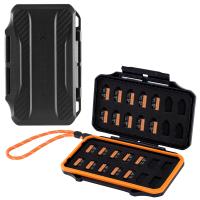

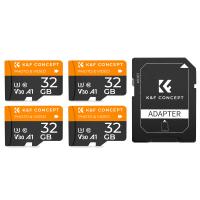


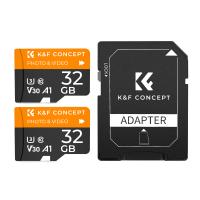




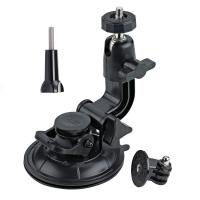






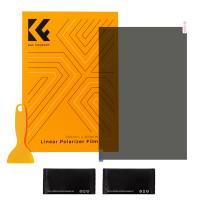
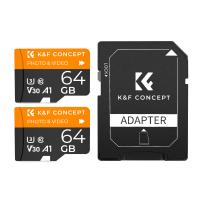





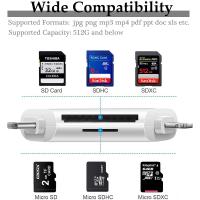
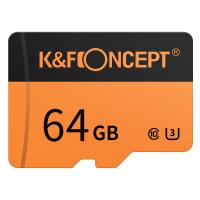
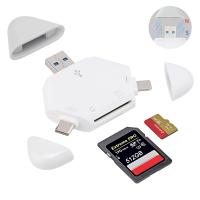

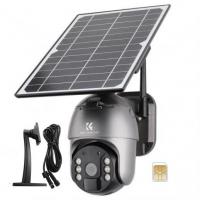








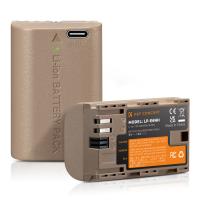
There are no comments for this blog.